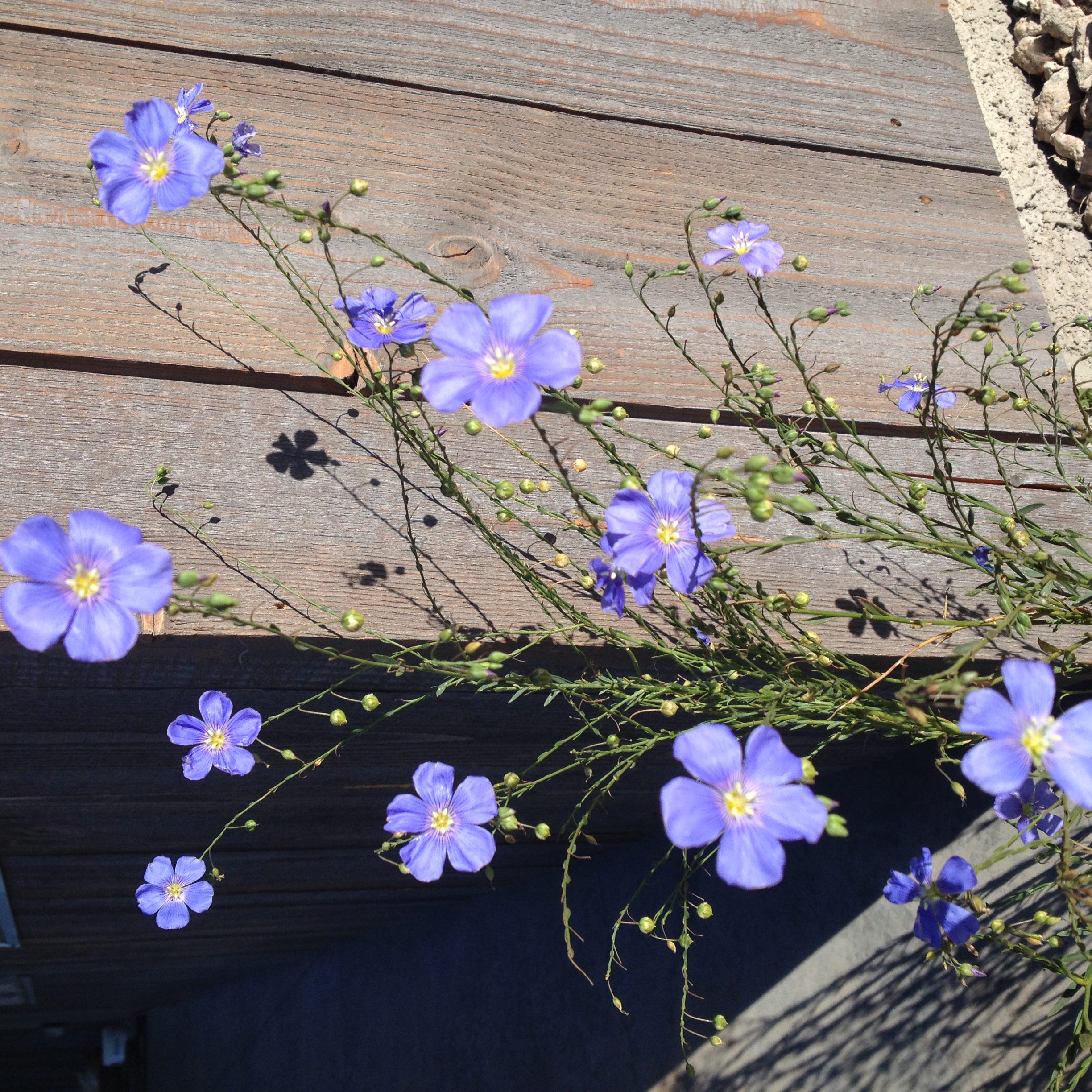About Flax
Flax is easy to grow from seed and surprisingly adaptable to a range of conditions. A classic for the Cottage Garden look, flax is also commonly used in meadows and roadside plantings.
When to Plant Flax Seeds
As a cool-season variety, sow flax seeds as soon as the ground can be worked in the Spring. Seedlings with at least two leaves can survive a late-season frost. In temperate climates, an early-Fall planting is an option as well.
Where to Plant Flax Seeds
Grow flax in Full-Sun and rich, well-draining soil. Although flax can be adaptable when it comes to soil types, it’s best to Amend the soil in your planting area with organic matter, compost, or manure when the soil is poor. Flax can struggle in clay or wet soil.
How to Plant Flax Seeds
Flax seeds require light to germinate, so be careful not to cover them when planting. Learn more about germination light requirements here.
While not required, Perennial Flax seeds can benefit from a special 4 to 8 week treatment called cold stratification prior to planting them. Learn more about the importance and process of cold stratification here.
Direct sow seeds onto the surface of the soil via broadcast, and compress. Do not cover the seeds as they require sunlight to germinate. Water well after seeds are sown.
How to Care for Flax
Once established, Flax requires little care. While not requiring staking, Flax does sport spindly stalks, so support from companion plants can be beneficial. Collect seeds at the end of the season to broadcast for future planting, and clear growth once it dies back.


